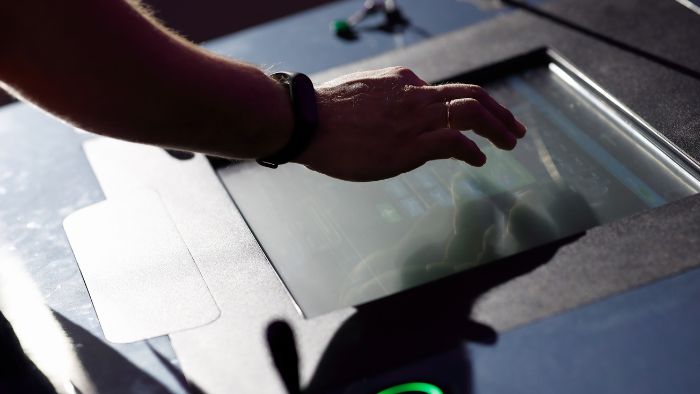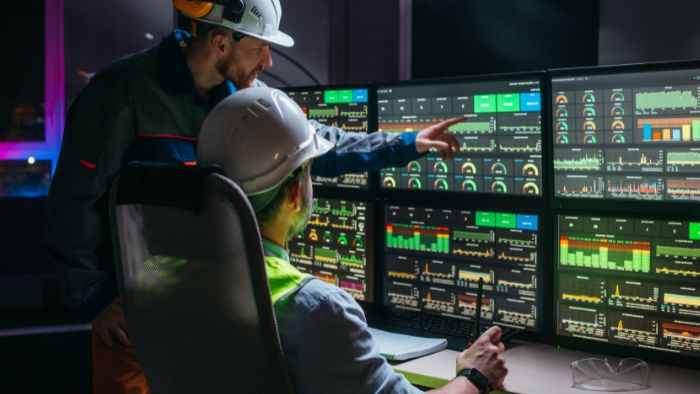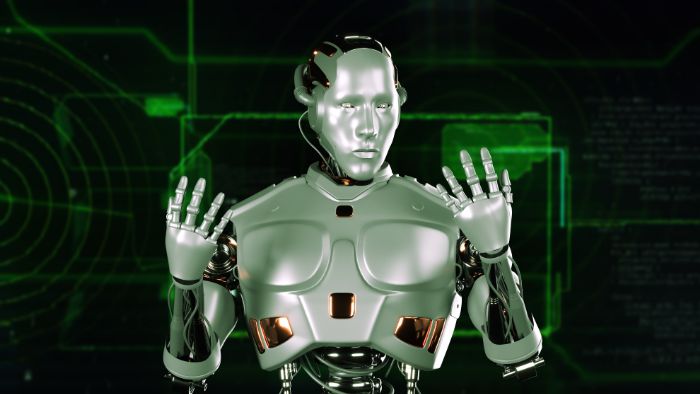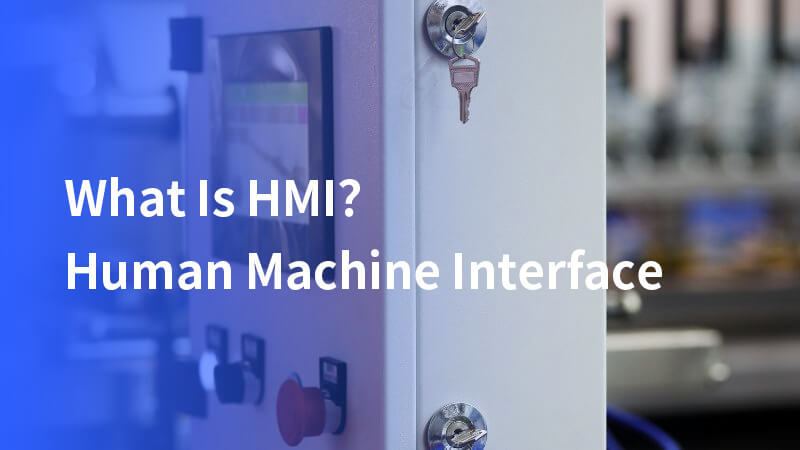What is HMI? Human-Machine Interface (HMI) is a critical component in modern industrial processes, providing a bridge between operators and machinery. As technology evolves, the importance of HMIs continues to grow, enhancing the efficiency, safety, and functionality of various systems.
The definition of HMI
Human-machine interface (HMI) refers to the user interface that connects operators with the machines they control, and human machine interfaces are essential for effective communication in industrial automation.
HMIs can range from basic screens displaying simple data to complex systems providing detailed graphics and real-time information. They enable users to interact with and manage machinery and processes more effectively, ensuring smooth and efficient operations.

Who utilizes HMI technology?
HMI technology is utilized across various industries, including manufacturing, energy, transportation, and healthcare. In manufacturing, HMIs are integral to automation systems, allowing operators to monitor and control production lines. HMI software plays a crucial role in these applications, providing a graphical user interface that allows operators to monitor and control machinery effectively. Energy sectors use HMIs to manage and optimize the distribution of power.
In transportation, HMIs are found in vehicle dashboards and control systems, enhancing safety and functionality. Healthcare applications include patient monitoring systems and medical device interfaces.
Typical applications of HMI
HMI systems are widely used to enhance the functionality and efficiency of various industrial processes. One key area is the communication between HMI and Programmable Logic Controllers (PLC) and input/output sensors.
This interaction allows HMIs to gather and display information for users to monitor. HMI screens can serve simple functions like monitoring and tracking or more complex tasks such as shutting down machines or increasing production speed, depending on their implementation. The visual representation provided by HMI screens allows operators to understand complex system data through graphs and charts.
HMI optimizes industrial processes through digitalization and centralized data. By utilizing HMI, operators can view critical information in graphical, chart, or digital dashboard formats from a single console. They can also manage alarms and connect with SCADA (Supervisory Control and Data Acquisition), ERP (Enterprise Resource Planning), and MES (Manufacturing Execution Systems). This connectivity enhances operational visibility and control, leading to improved decision-making and efficiency. By utilizing HMI, operators can visualize data related to processes and machinery control, enhancing their ability to monitor and manage operations
Implementing HMI in labeling machines
In the context of labeling machines, HMI plays a crucial role in ensuring accuracy and efficiency. Operators can use HMI screens to adjust settings, monitor performance, and troubleshoot issues in real time. This feature is applied to our pharmaceutical labeling machines and plays a very important role in their labeling accuracy, allowing some of our own solutions, such as wrap-around labeling solutions and horizontal labeling solutions, to be recognized by many users.
How HMI differs from SCADA
HMI and SCADA systems are often mentioned together, but they serve different purposes. HMI is the user interface that allows interaction with machines, while SCADA is a control system architecture that uses computers, networked data communications, and graphical user interfaces for high-level process supervisory management. SCADA and HMI are both crucial components of the larger industrial control system, each providing unique functionalities within a cohesive framework. SCADA systems often incorporate HMIs as part of their user interface, but they also include additional functionality for data acquisition and control.

Emerging Trends in HMI Technology
Next, I’m going to talk about the future of HMI.
Advanced HMIs often work in conjunction with Programmable Logic Controllers (PLCs) to provide enhanced control and monitoring capabilities.
Advanced high-performance HMIs
High-performance HMI technology is becoming more prevalent, offering enhanced graphics, faster processing speeds, and improved user interfaces. These advancements provide operators with more detailed and accurate information, enabling better decision-making and increased operational efficiency.
Integration of touch screens and mobile devices
The integration of touch screens and mobile devices is revolutionizing HMI screen technology. Touch screens provide intuitive, user-friendly interfaces, while mobile devices allow operators to access HMI systems remotely. This mobility enhances flexibility and responsiveness, particularly in large or complex industrial environments.
Capabilities for remote monitoring
Remote monitoring capabilities are a significant trend in HMI technology. Operators can now monitor and control systems from remote locations, providing greater flexibility and reducing the need for on-site presence. HMI software enables remote monitoring by providing the necessary interface for operators to control systems from distant locations. This capability is particularly valuable in industries where processes are spread across large geographical areas.
Edge computing and cloud-based HMIs
Edge computing and cloud-based HMIs are transforming the way data is processed and utilized. Edge computing allows data to be processed closer to the source, reducing latency and improving response times. Cloud-based HMIs enable data to be stored and accessed from anywhere, facilitating better data sharing and collaboration. These systems also enable operators to visualize data from anywhere, enhancing their ability to monitor and control industrial processes effectively.
Future prospects for HMI development
The future of human-machine interface (HMI) technology is promising, with ongoing developments aimed at improving functionality, efficiency, and user experience. Innovations such as artificial intelligence, machine learning, and augmented reality are expected to play a significant role in the evolution of HMI systems, providing operators with even more powerful tools for managing industrial processes.

Conclusion
In summary, what is HMI? It is a vital technology that enhances the interaction between humans and machines, providing operators with the tools they need to manage and control industrial processes effectively. As part of the larger industrial control system, HMIs provide operators with the tools they need to manage and control industrial processes effectively.
As HMI technology continues to evolve, it promises to deliver even greater improvements in efficiency, safety, and functionality, shaping the future of industrial automation.







